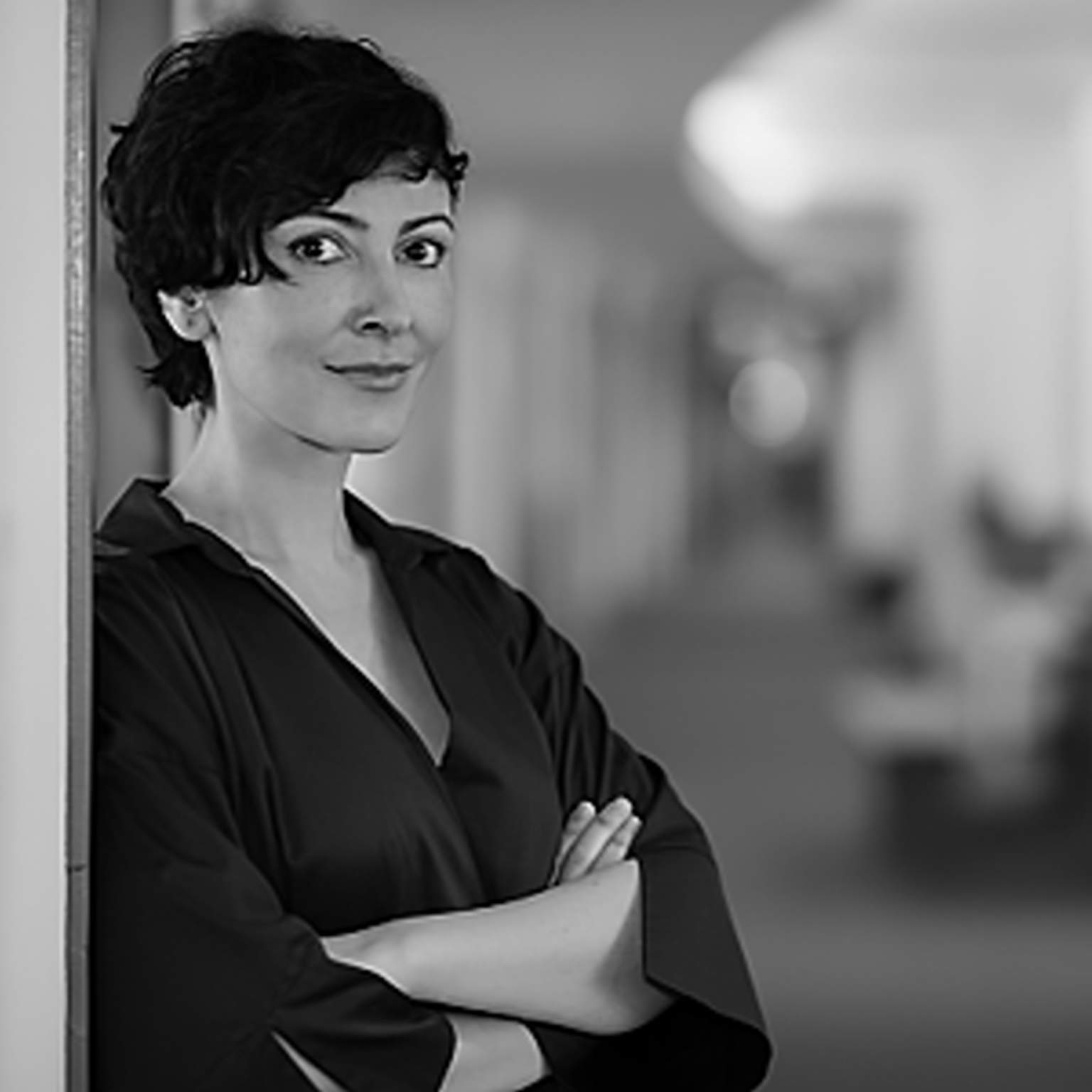From philosophy to science, the definition of life and living has puzzled scholars since time immemorial. While some described living as a self-sustaining and autonomous chemical system capable of undergoing Darwinian evolution, others related living to the ability ofself-reproduction with variations. Introduced by Chilean biologists Humberto Maturana and Francisco Varela in 1972, the term autopoiesis (from Greek auto, meaning ‘self’, and poiesis, meaning ‘creation’, ‘production’) defining the self-maintaining chemistry of living cells, has been applied to the fields of systems theory, cognition, architecture and sociology.
In art and design, Livingness has been a source of inspiration for creating alive-like expressions, such as integrating kinetic elements that move like living things. Livingness has also been a more literal element in the design of artefacts through the incorporation of instances of nature or natural patterns into artefacts, just as in Biophilic design. This inspired many designers to incorporate living elements, from plants and trees for instance, into their designs to increase this sense of connectivity from people.
What if designers took a more extreme stance on Biophilic design? Instead of inserting living elements from plants and trees into artefacts as we know them, why not collaborate with living things as the building blocks for novel artefacts that synthesise the artificial and biological? The project Mylium is a good example where the designers collaborate with living fungi organisms for growing a textile-like vegan material. The design outcome is a non-living artefact, with minimum ecological footprint compared to convention.
Livingness can, however, be prolonged to the use time of artefacts, where it becomes a persistent material quality in design, and the design outcome a living artefact. This opens up a new and exciting design space where designers are invited to harness the potentials of living organisms for unique functionalities, interactions and expressions in the everyday. But what novel performances and, ultimately, practices would living materials elicit? And how do we designedly facilitate the emergence of these practices?
The Performative Living Light project taps into such questions, providing a comprehensive understanding of bioluminescent algae and bacteria’s light-giving qualities in response to human interaction. The project also shows that a big portion of performativity in designing living artefacts relates to care: in maintaining the living functions of the organisms. In return for this care, we benefit from a beautiful living light.




